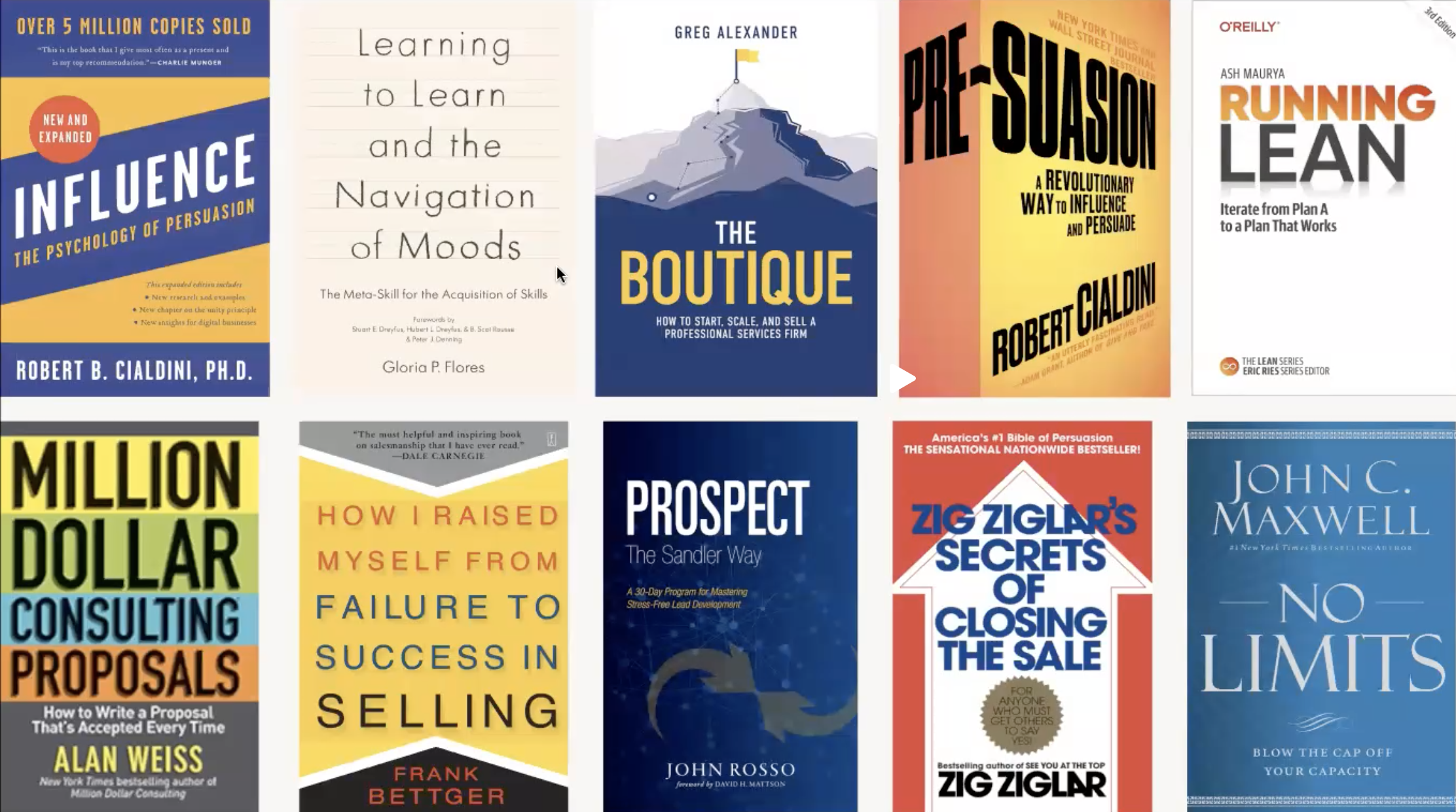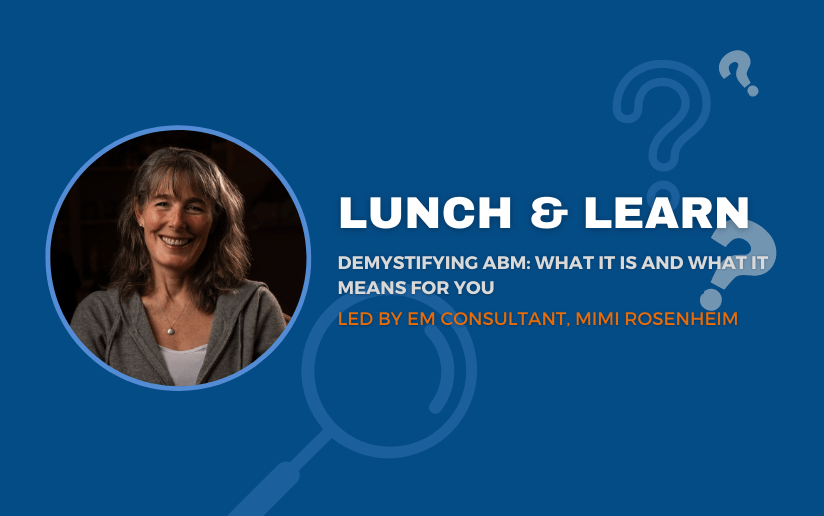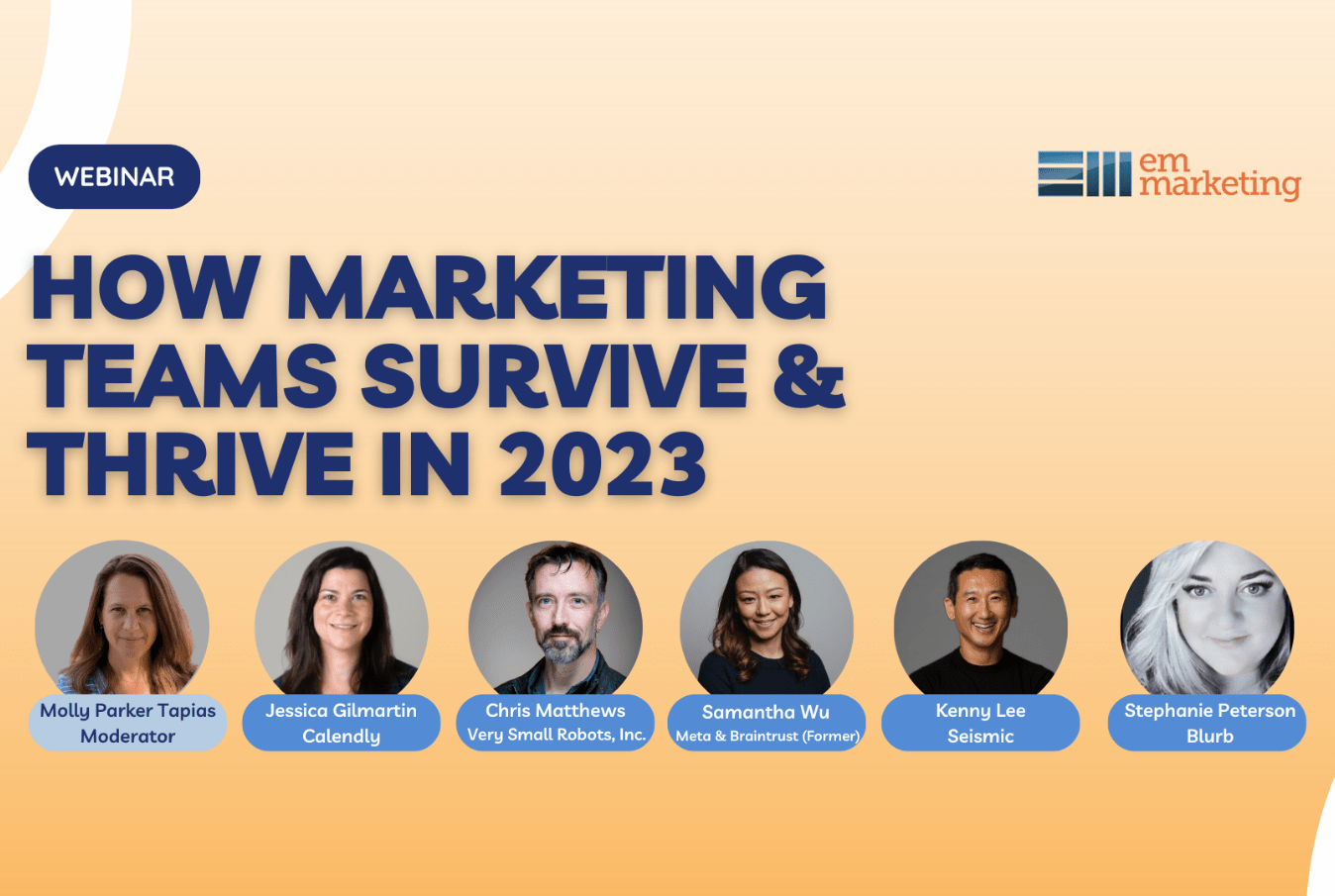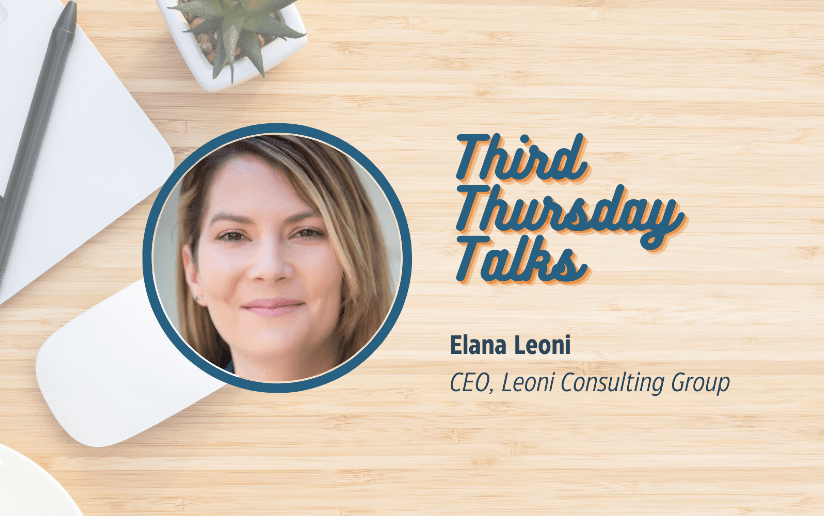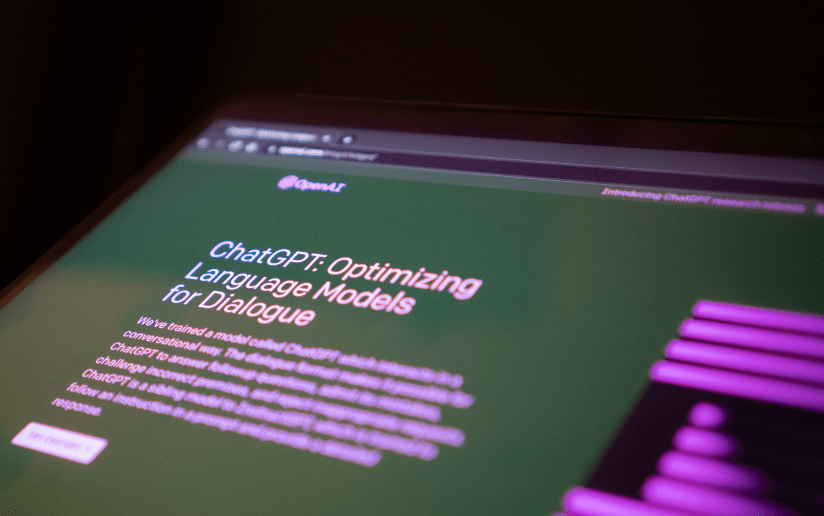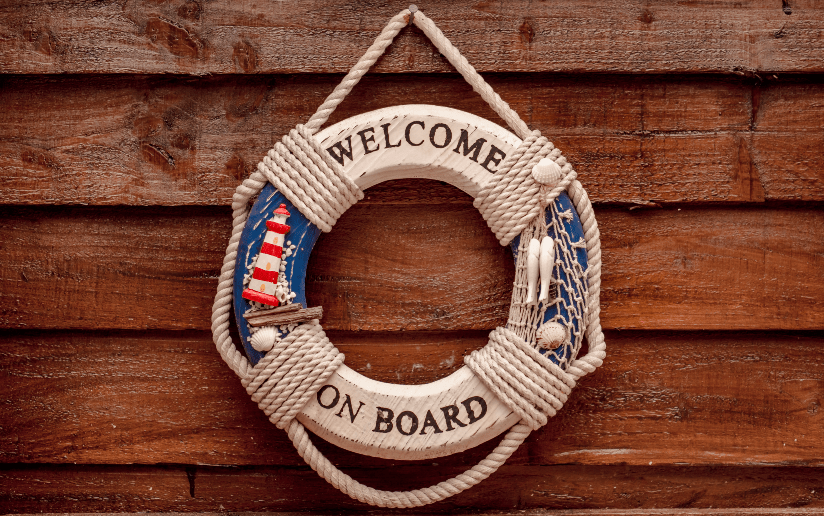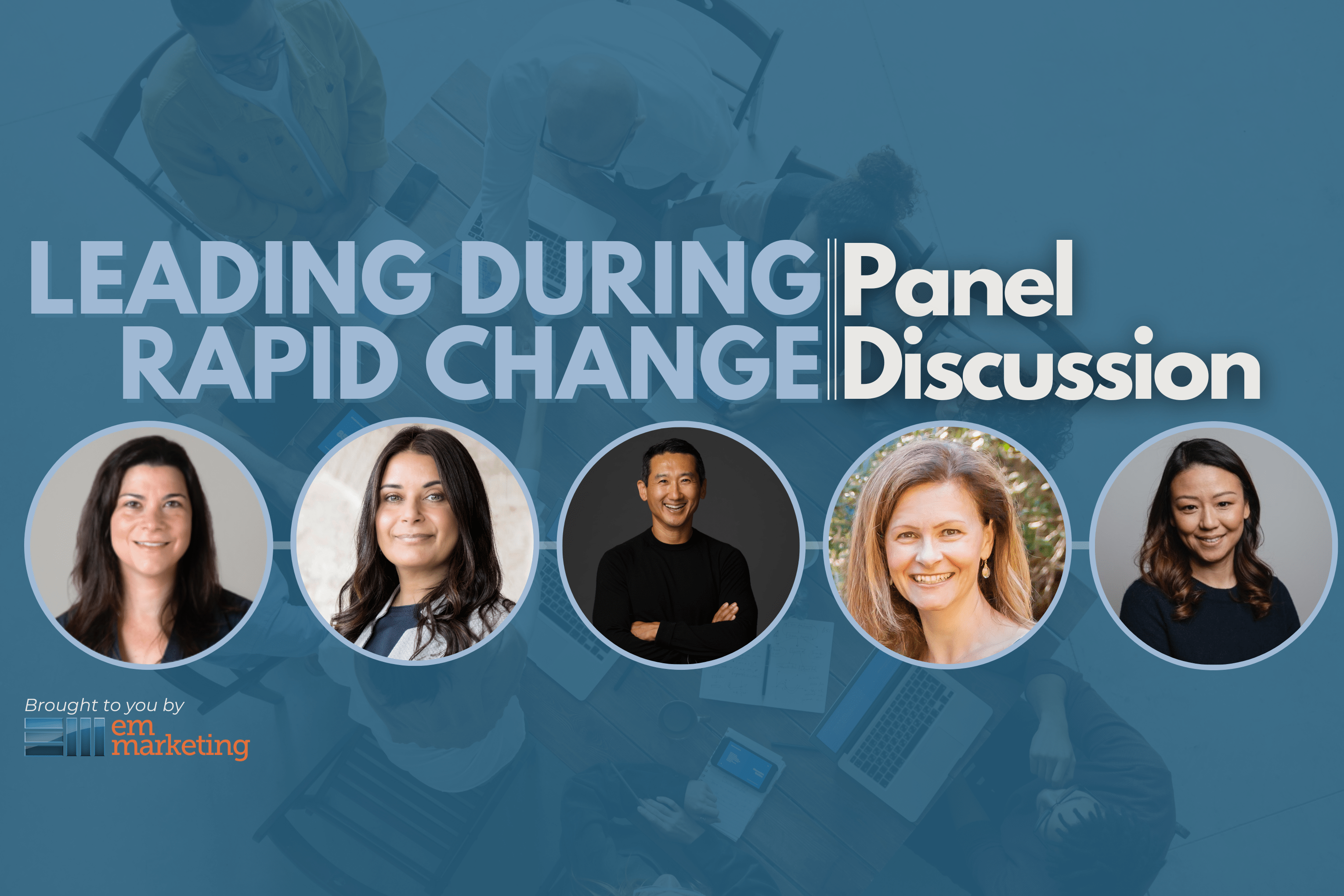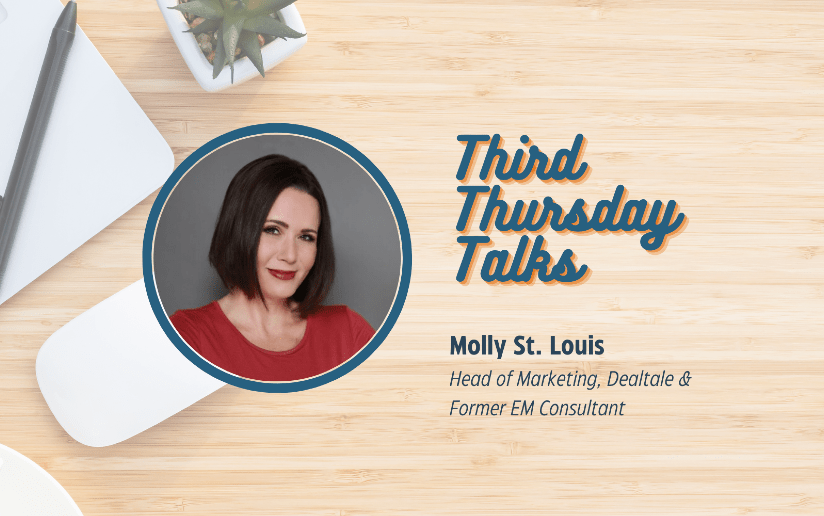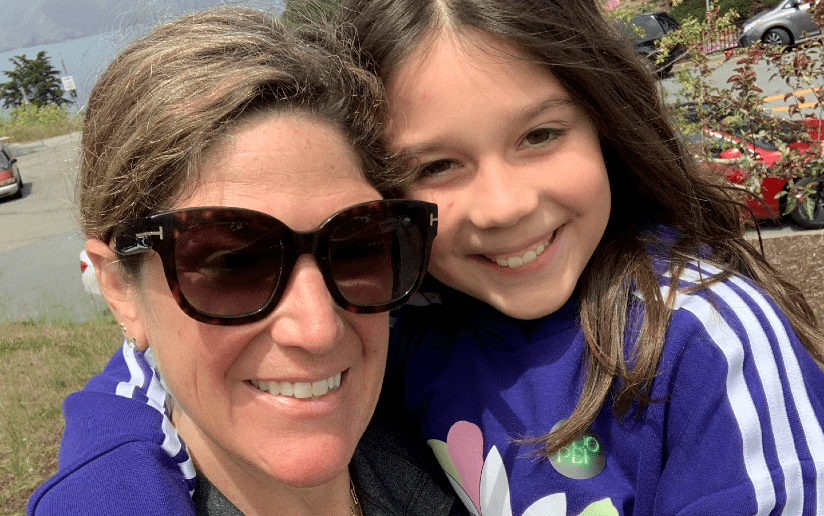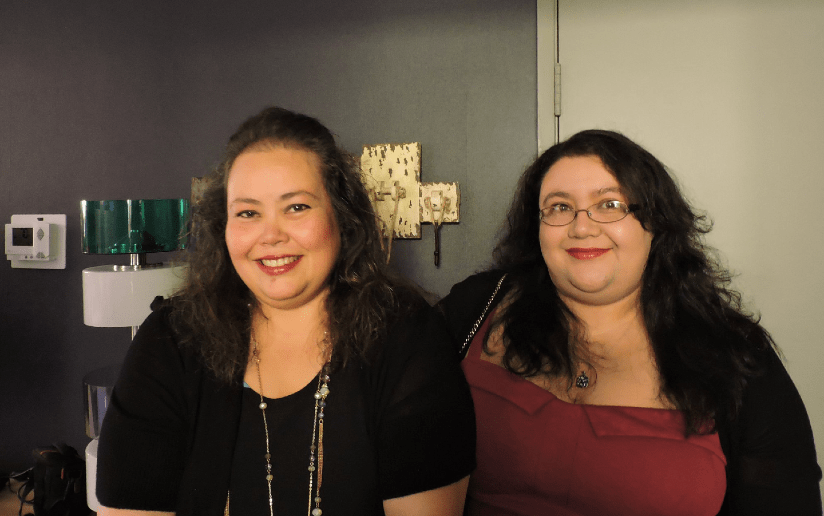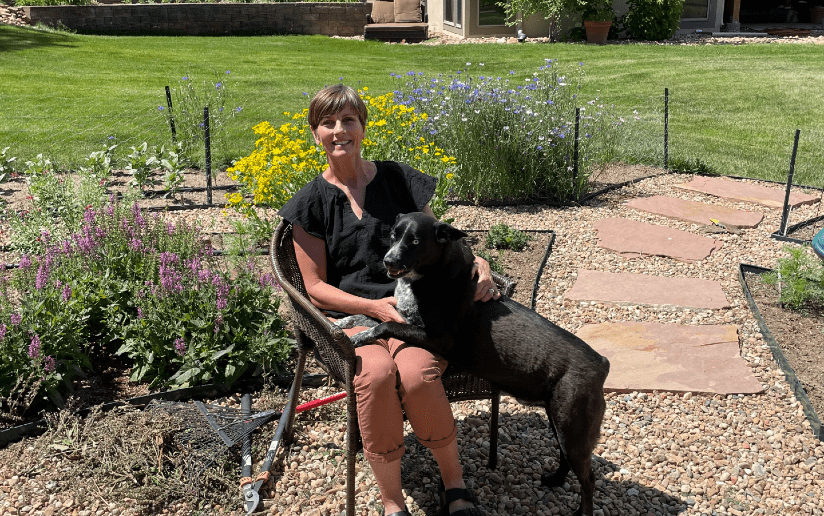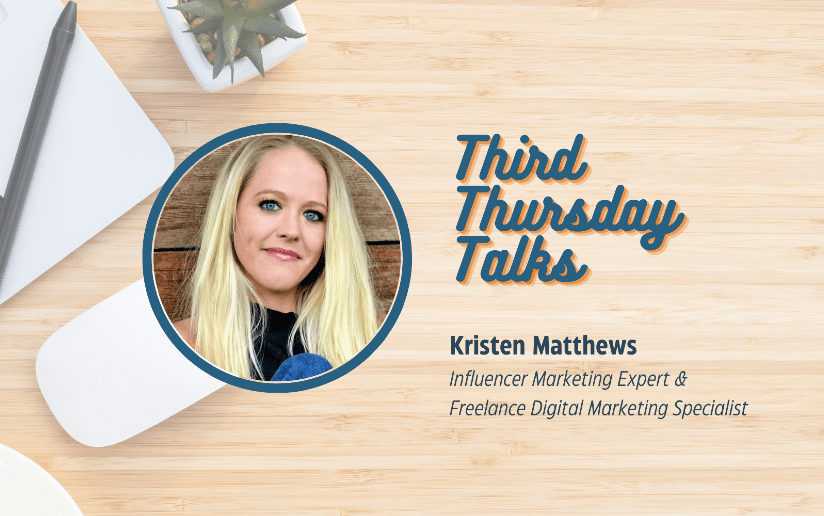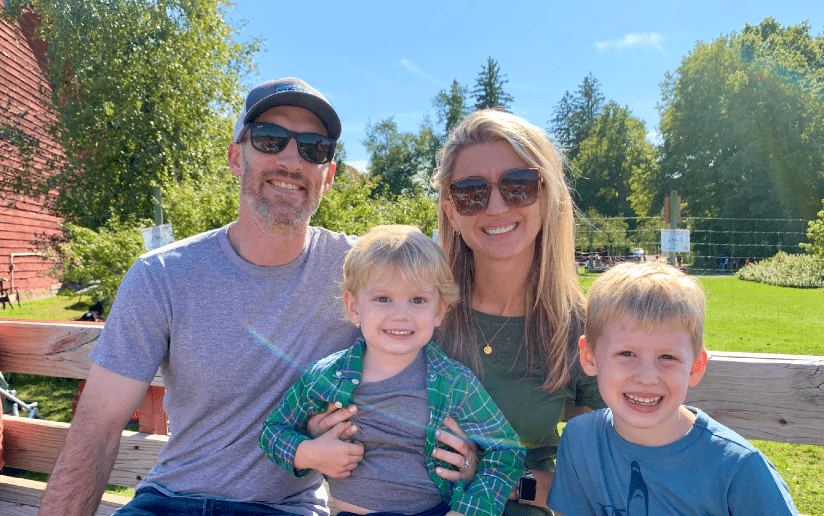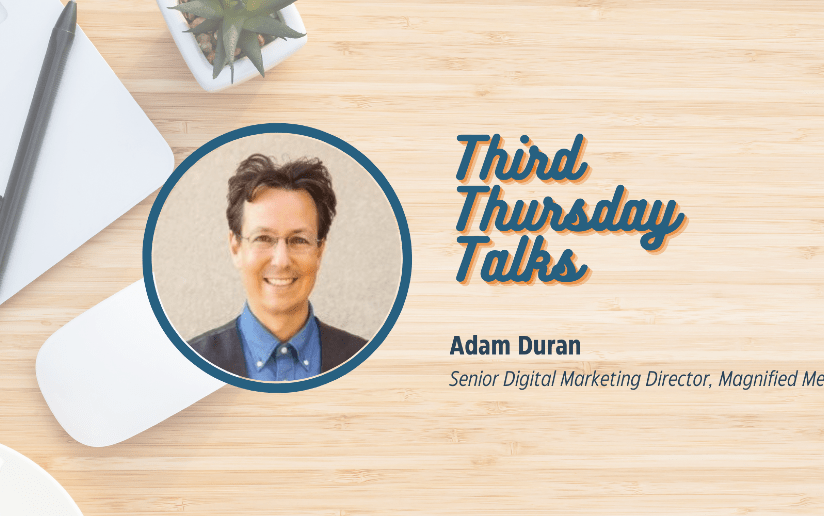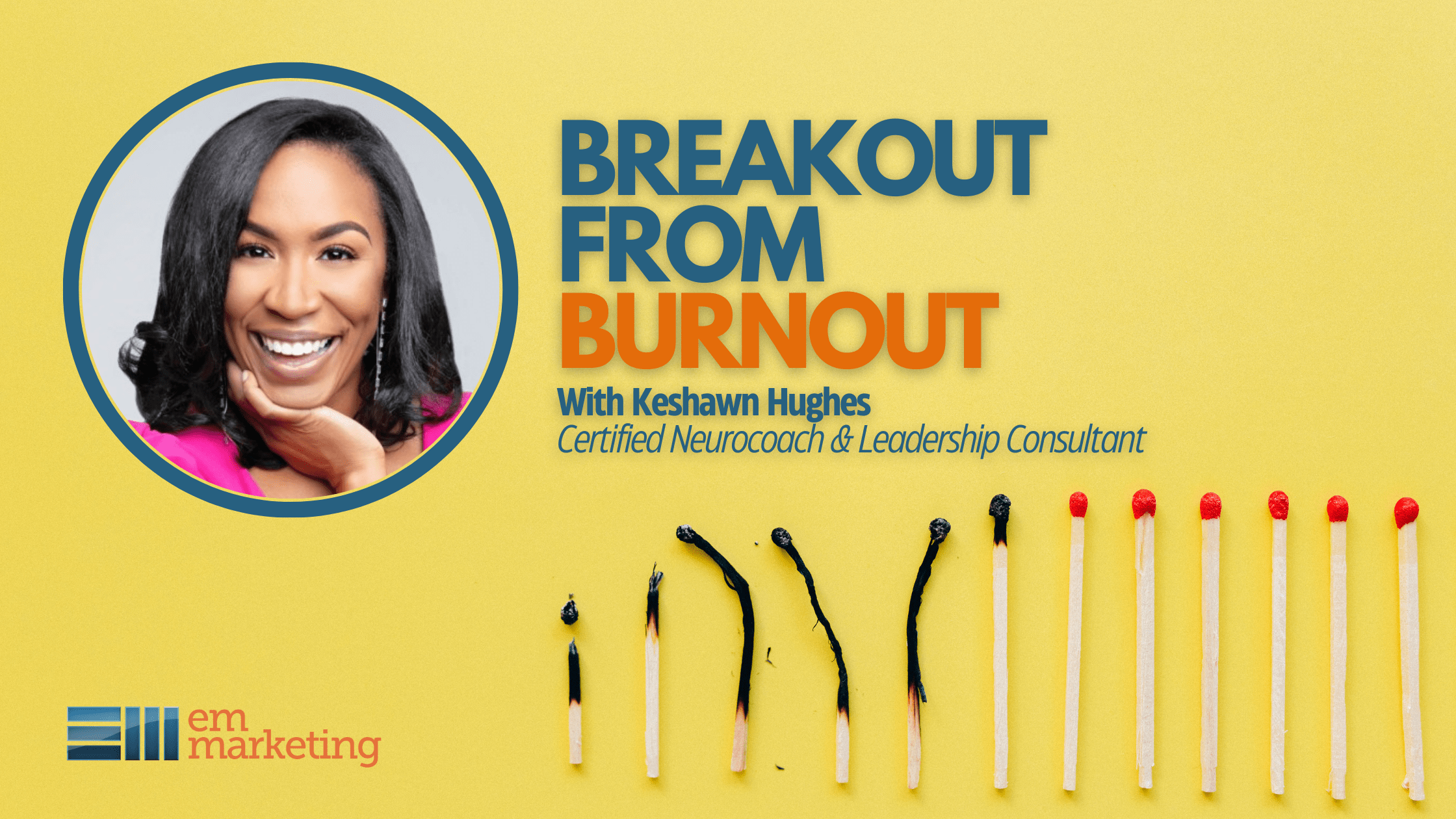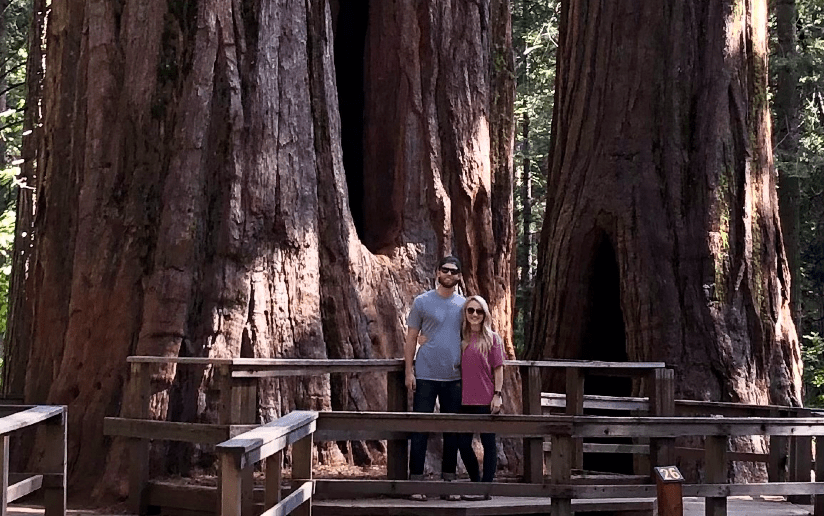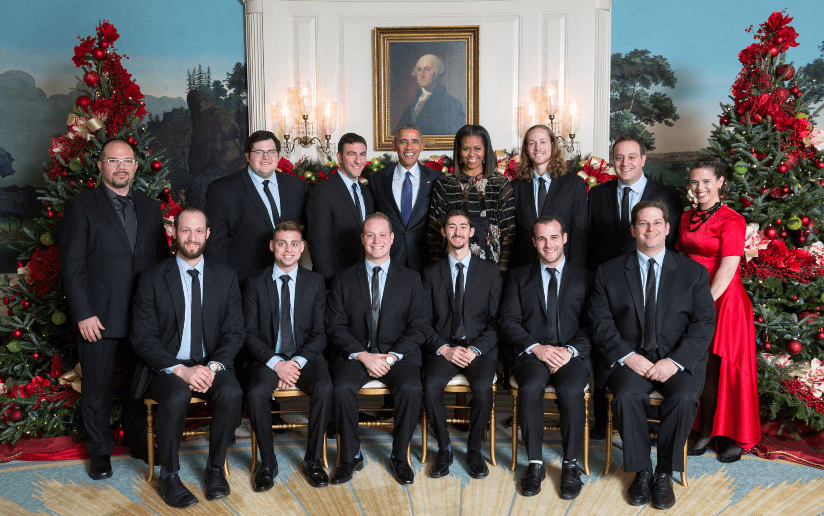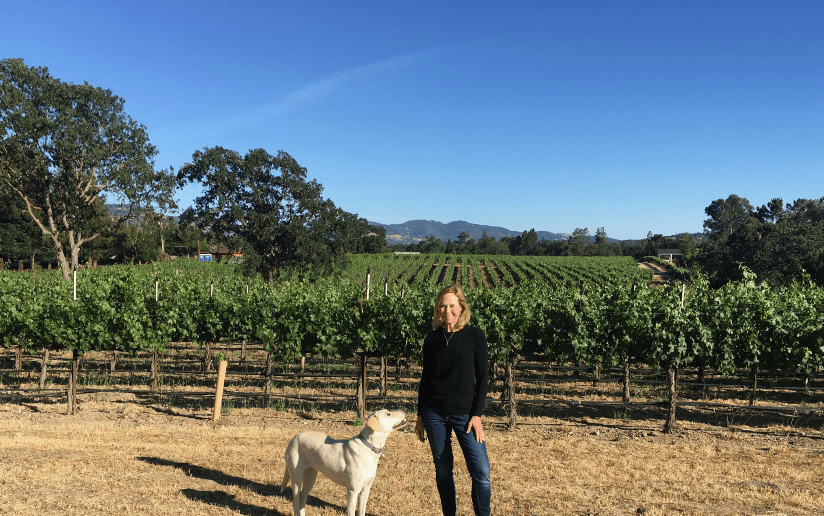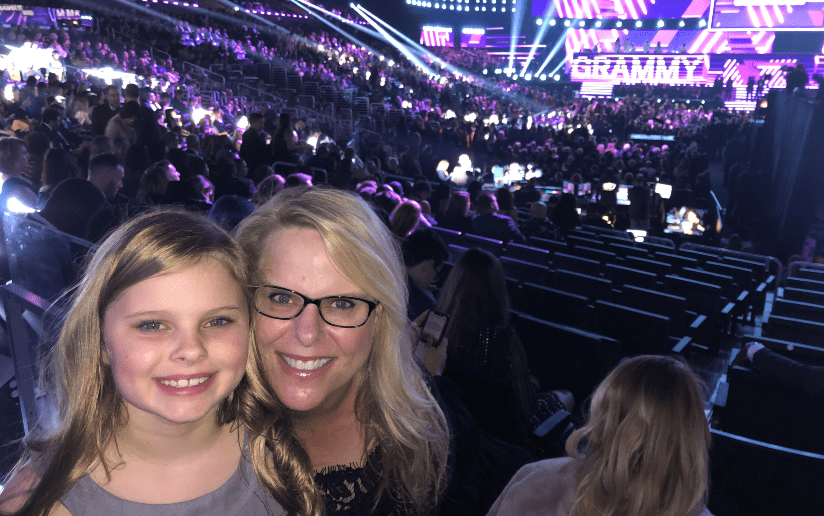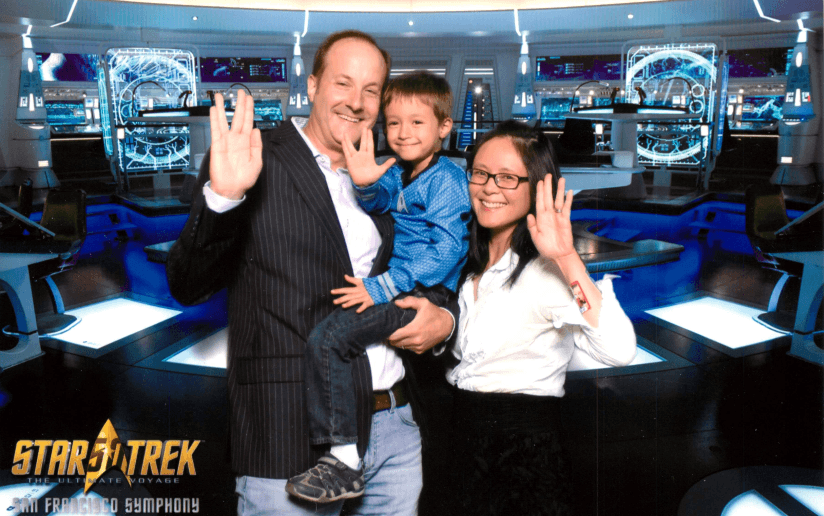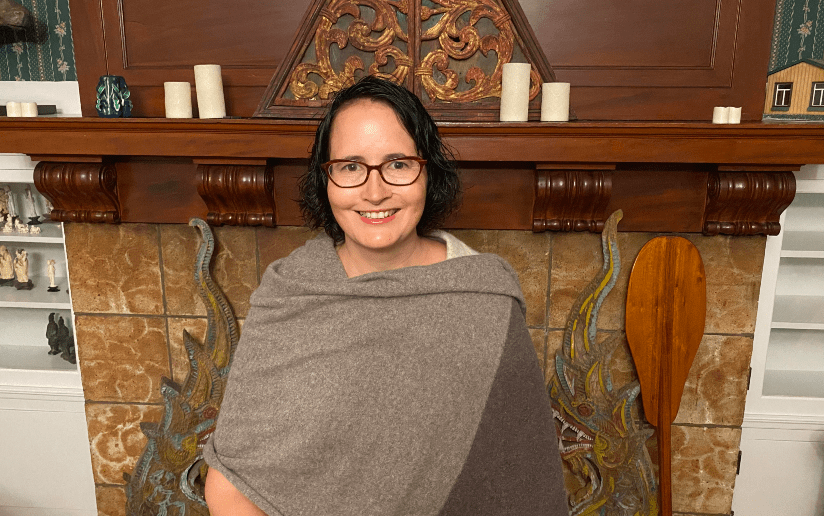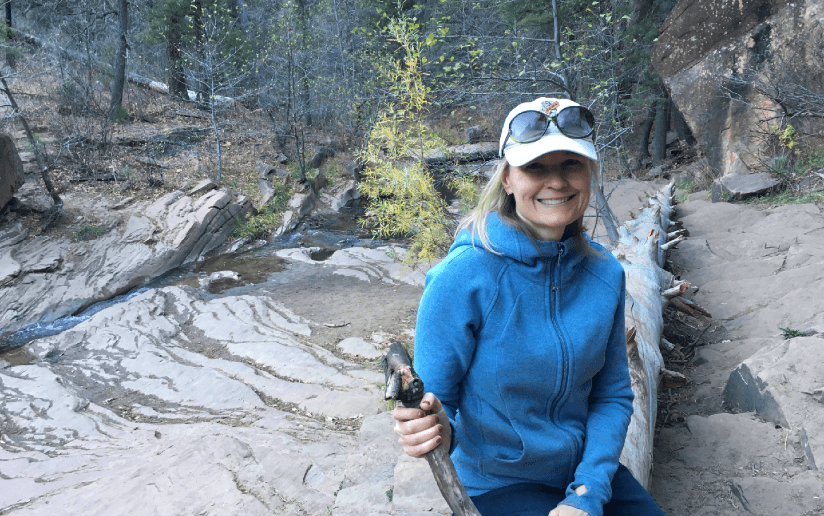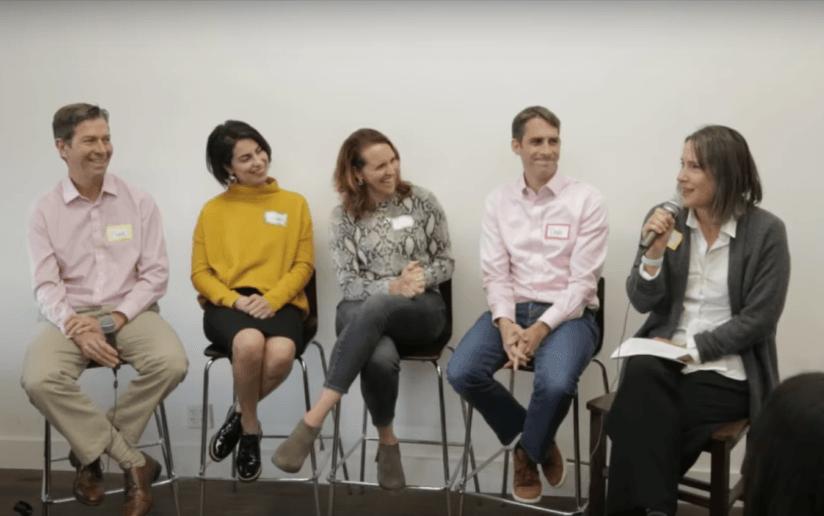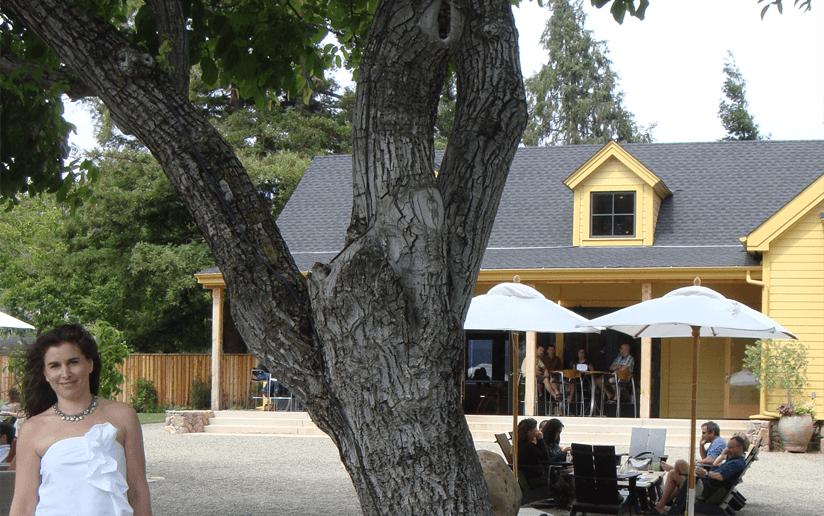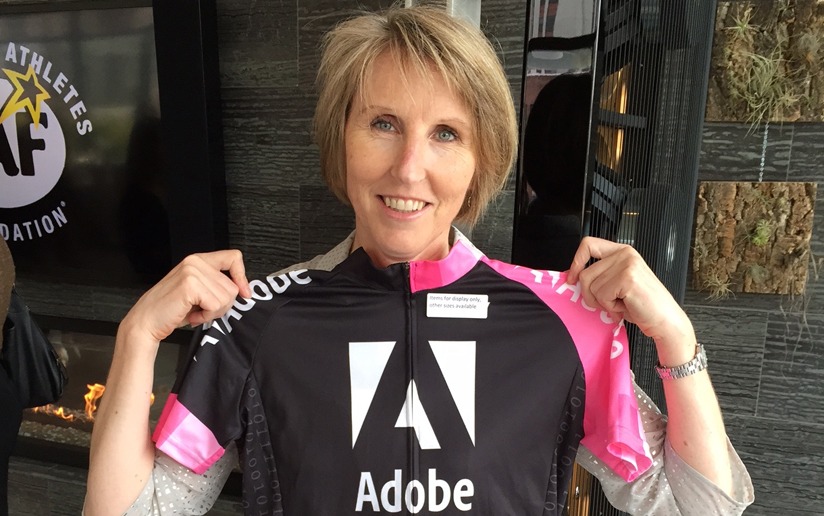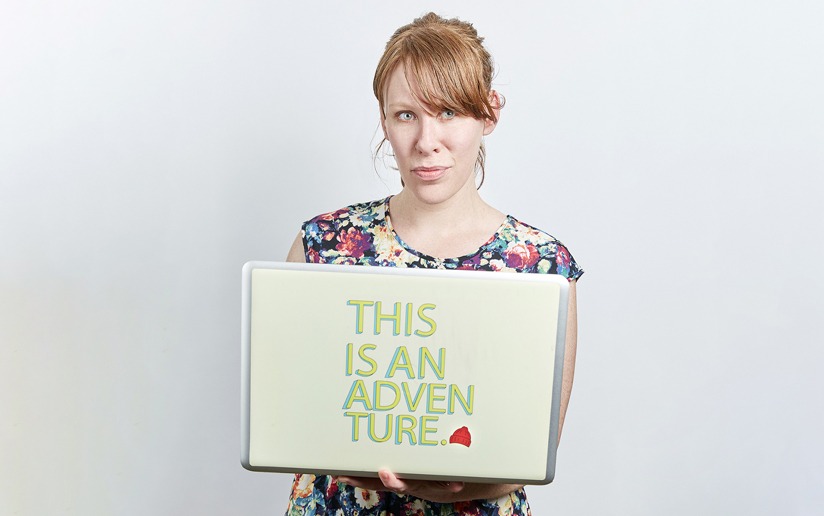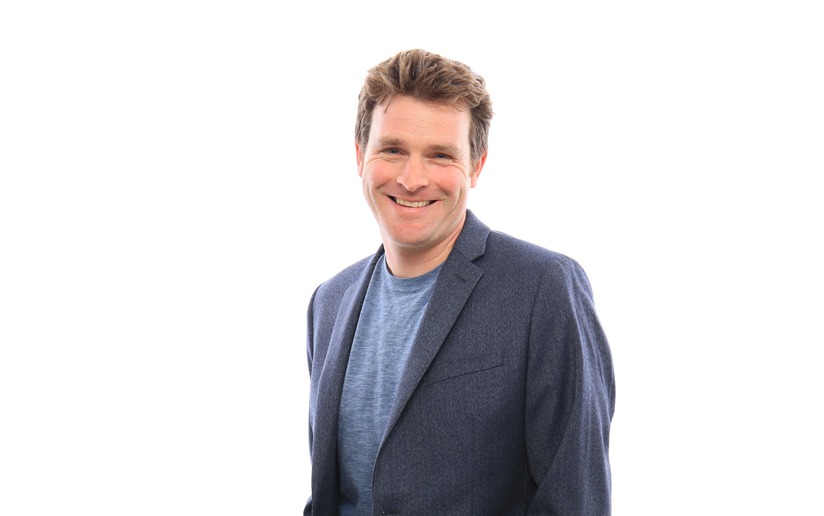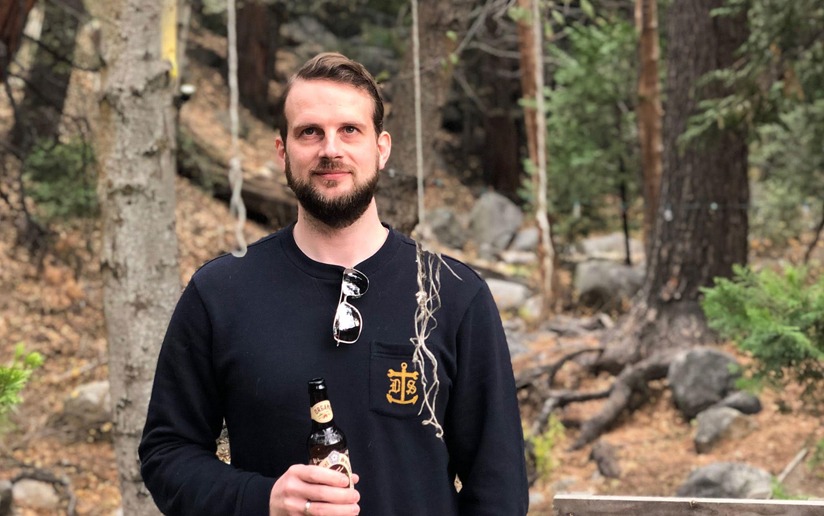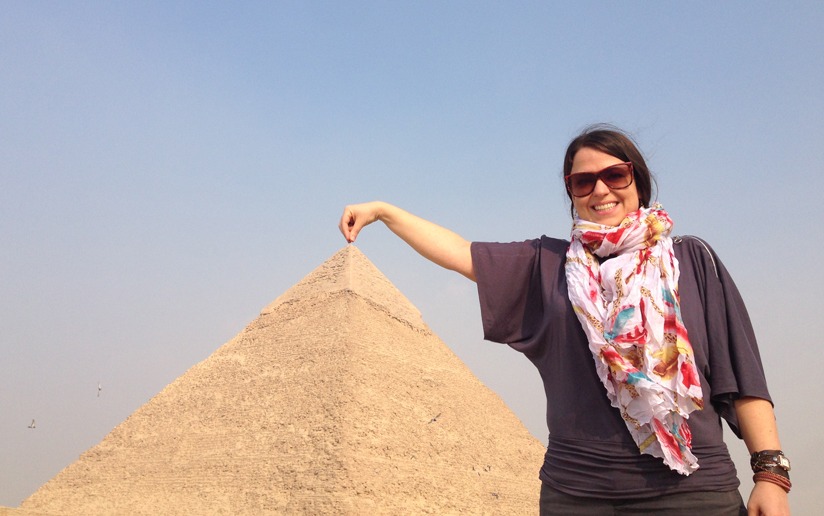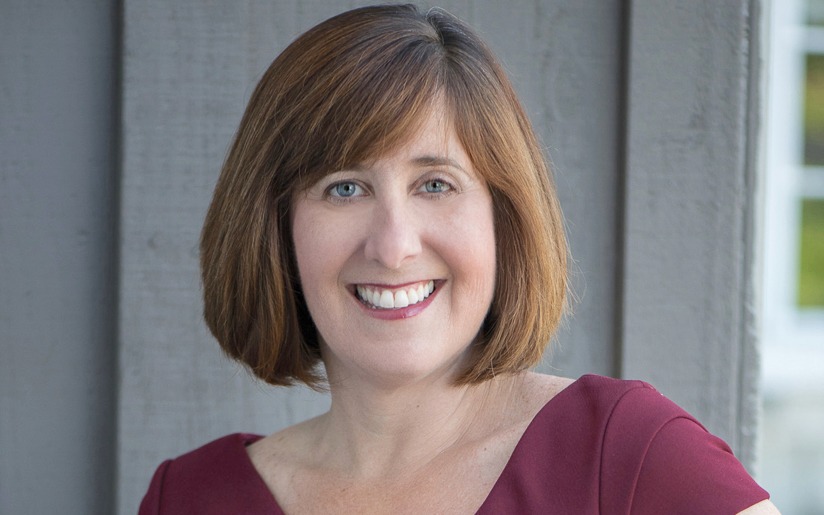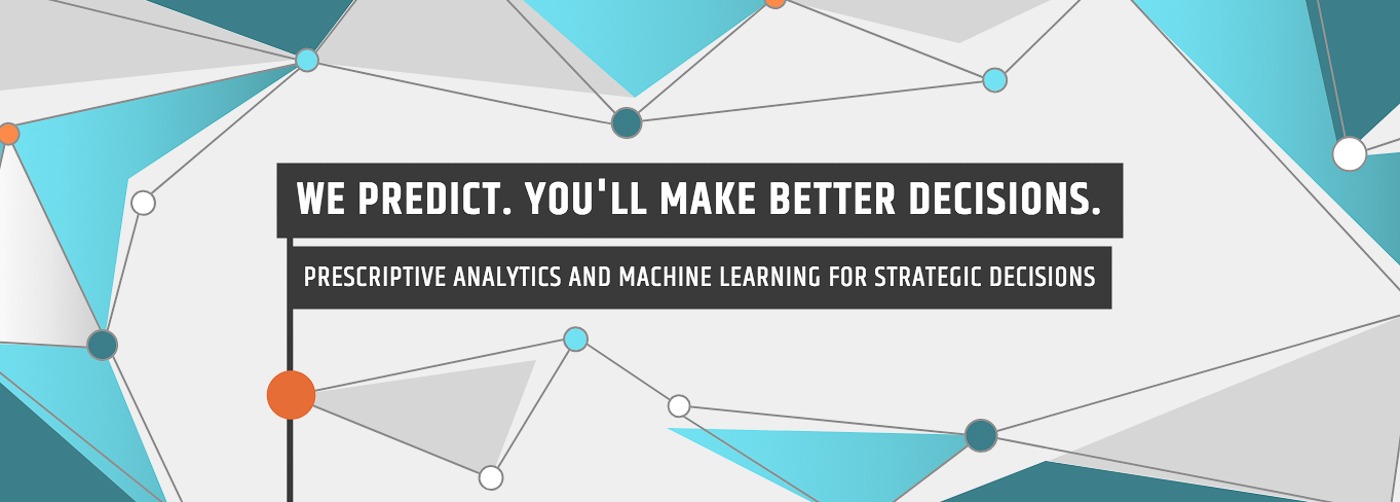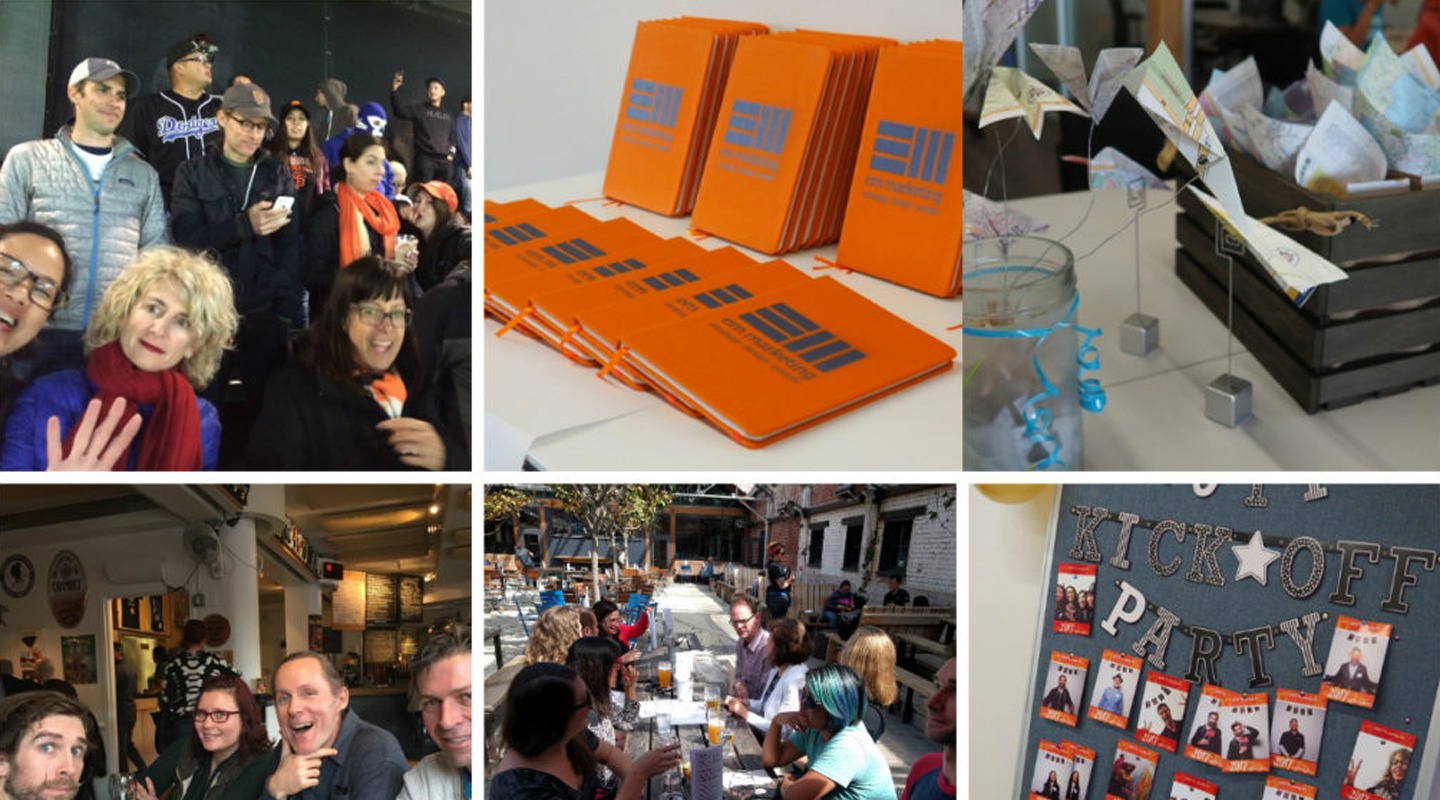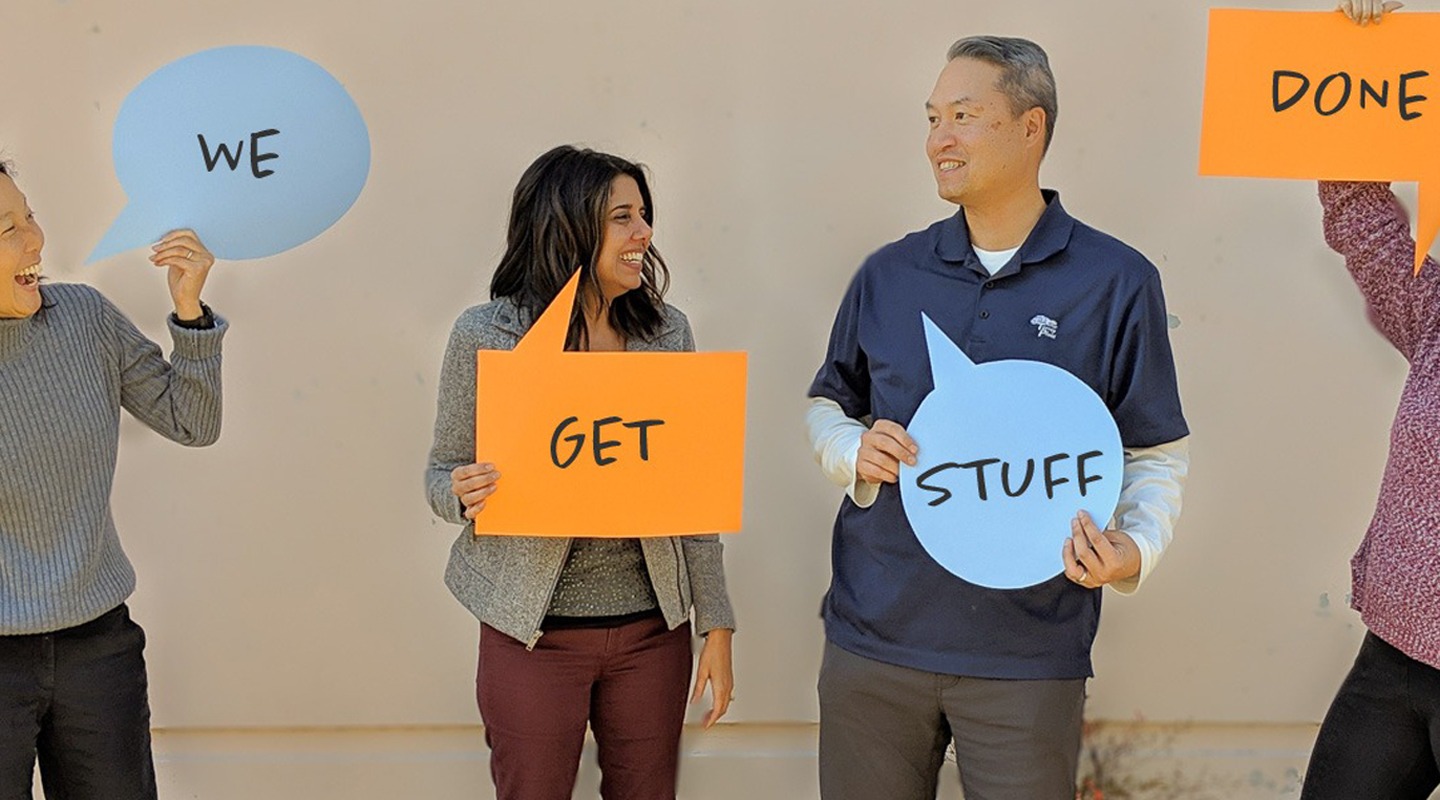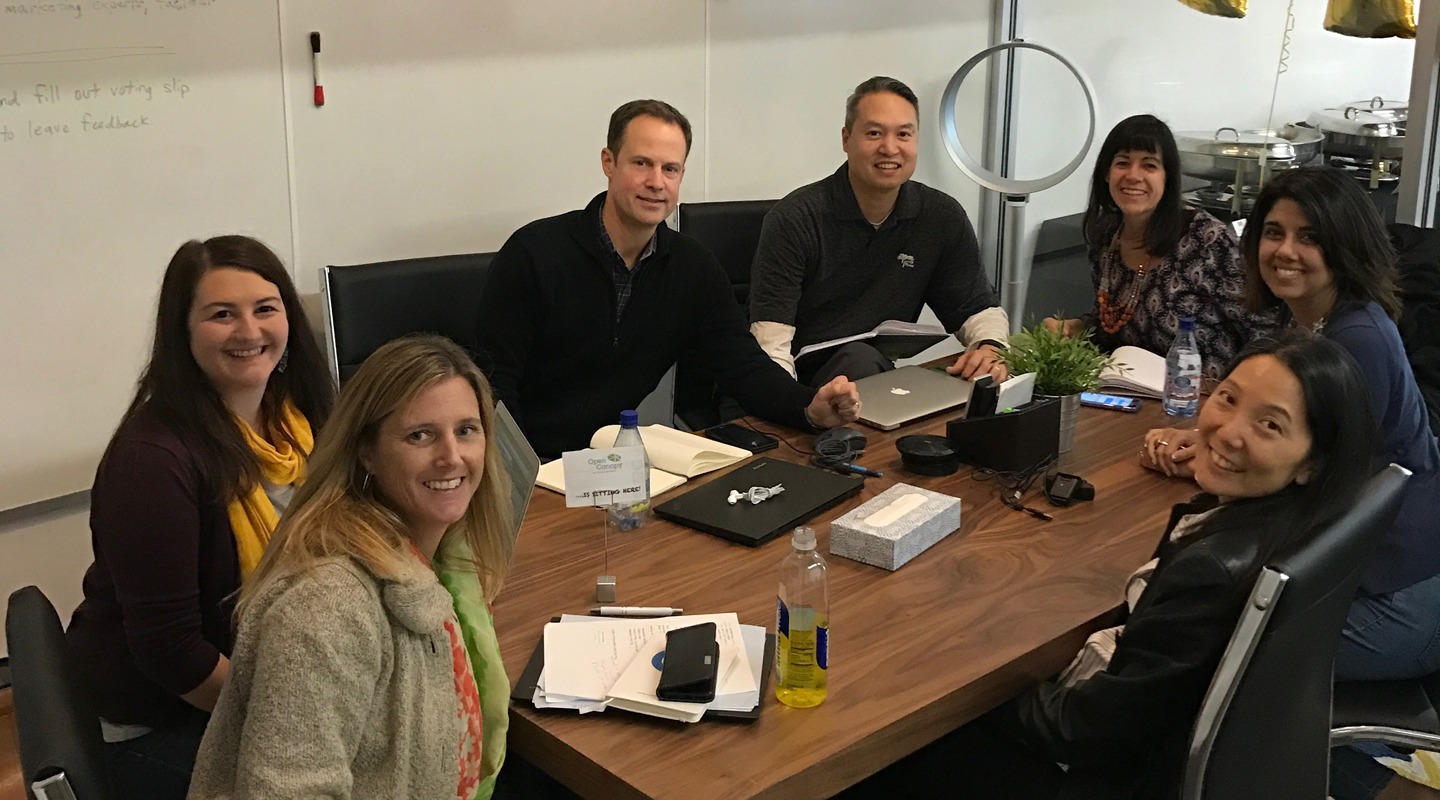
Business Development for Consultants
At a recent EM Marketing Lunch & Learn, Mike Zawitkowski presented ideas around business development for consultants based on his experience in various roles related to marketing, sales, and consulting over the past 15 years. He shed light on prospecting, trust-building, motivation, and the art of closing deals.
How to Prospect and Build Relationships
The foundation of successful sales lies in effective prospecting and relationship-building. Of the many methodologies you can follow, Mike called out a favorite, the Alan Weiss approach. If you want to dive deeper, the Sandler sales method likens the sales process to passing through a submarine. You must progress through each stage before reaching the ultimate goal. Watch the video clip below for an illustration:
What’s the key to building trust? Being vulnerable – openly sharing deeply personal thoughts, feelings, or experiences – can be a powerful way to connect with others. In sales, all things being equal, people would prefer to do business with a friend.
One practical tool Mike uses is the “ABCD” code. In a CRM program such as Hubspot or even a simple spreadsheet, you put prospects into categories to prioritize outreach efforts:
- A: Very likely to respond in <48 hours and connect me to a prospect
- B: Somewhat likely to respond <1 week and connect me to a prospect
- C: Everyone else I’m interested in contacting
- D: Disqualified, do not contact
This prioritization helps you talk to the right people – those who give you energy, can help you grow, and can refer you to other good people.
How to Predict the Future and Plan
Understanding the sales cycle is crucial. Mike analyzed his company’s sales data, mapping out the sequence of events leading to successful deals. He calculated the average time between key events until receiving the first check – averaging between two and 10 months. This informed him on which ones to keep pursuing or when to stop going after a deal if it was taking too long. In addition, Mike said 100% of his business comes from referrals. He recognized that to stay top of mind, staying in touch regularly with your network is very important.
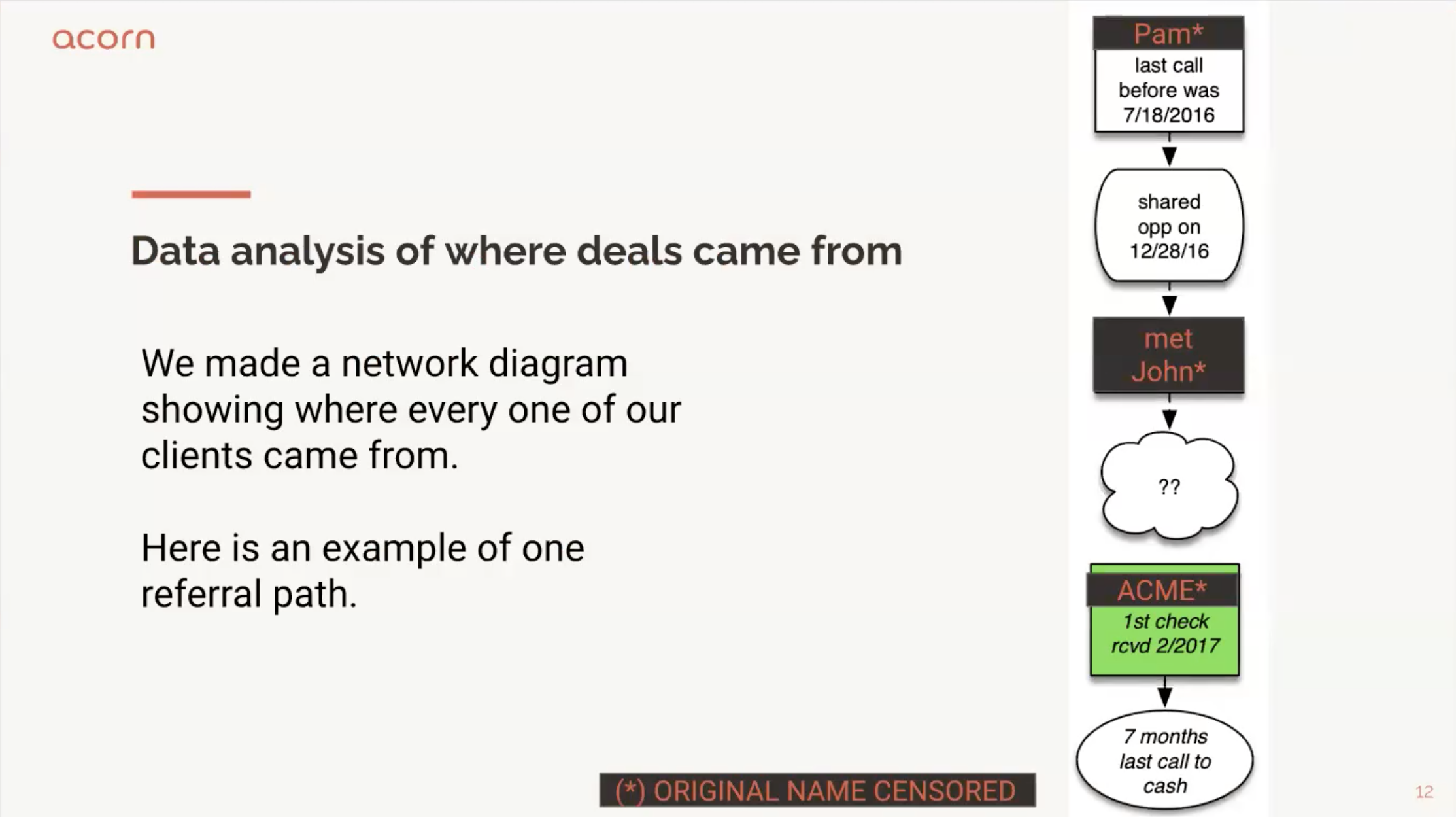
How to Stay Motivated with Sales Math
Mike introduced the concept of calculating the value of your sales meetings to stay motivated. It’s a simple math formula – take the total value of Statements of Work (SOW) divided by the number of meetings it took to get those sales. Each meeting may be worth thousands of dollars in gross revenue, so that should help motivate you to continue pursuing the project.
How to Close Deals
Mike shared an example proposal that has boilerplate information about the company’s proven process. The statement of work includes a customized description of the engagement, including the budget, project background, authority, needs, and time sensitivities.
When setting your prices, consider both your minimum acceptable value and the client’s reserve point. Mike says that giving a client “multiple equivalent simultaneous offers” is a good approach. The idea is to give them three offers that are of equal value to you as the consultant. It can help you be aggressive while showing signs of cooperation and flexibility.
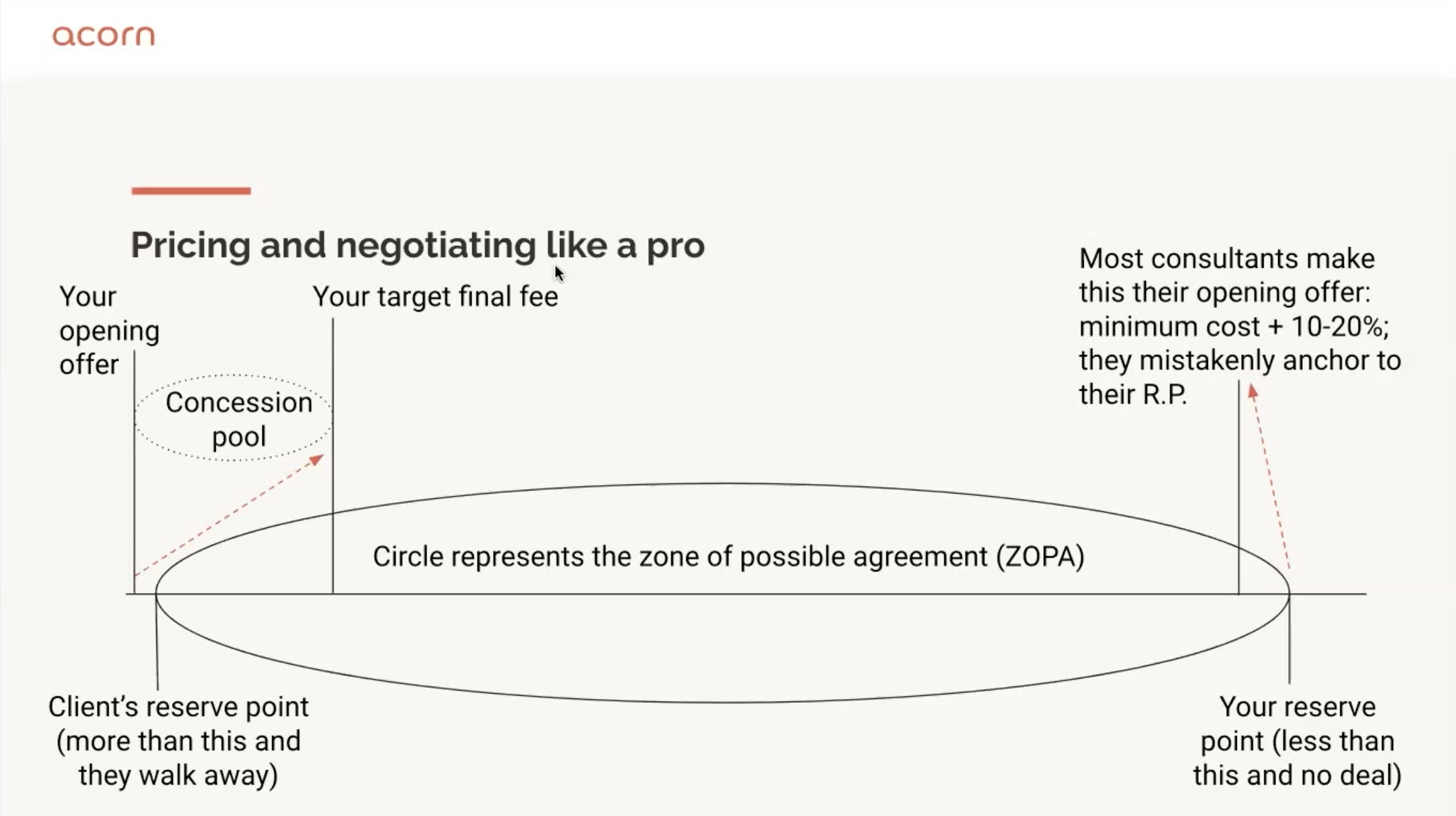
More Resources
Mike shared several of his all-time favorite books about selling and influencing other people. One in particular, Running Lean, uses a product marketing strategy called a “listening tour” where you talk to old customers, new customers, or prospects. You ask questions, listen, and learn how to offer new or repackaged services so it’s more attractive.
